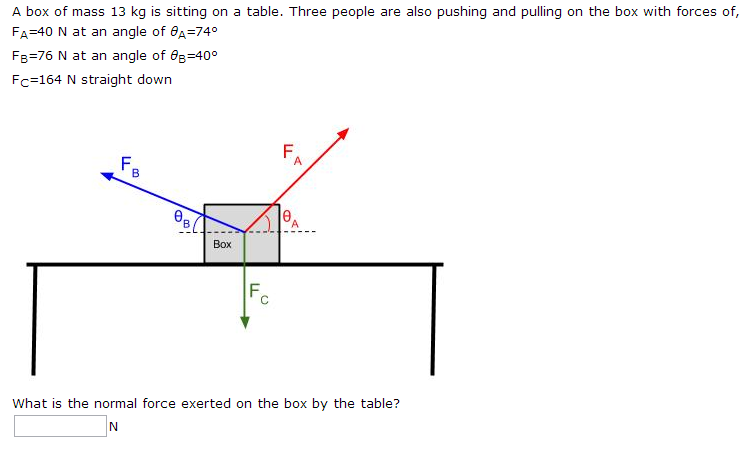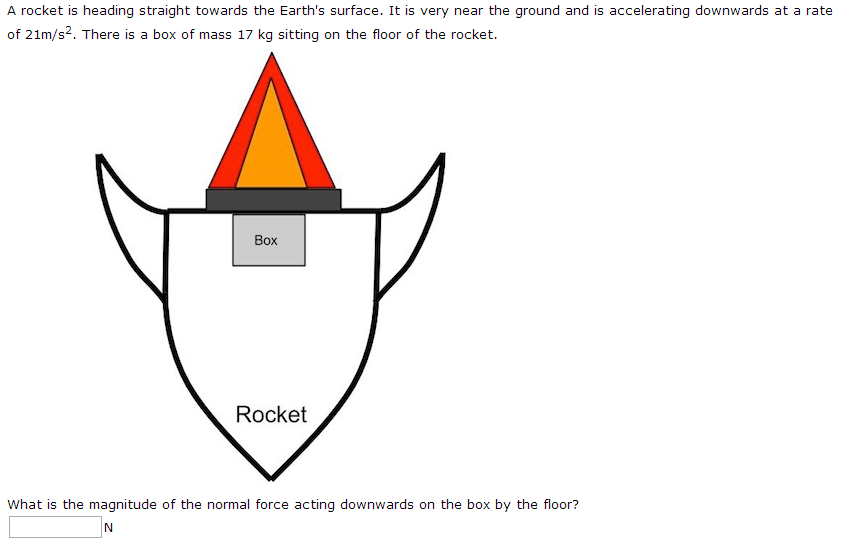Listed below are end of first semester pros and cons for Modified-Flipped Algebra.
PROS
- Students like the direct feedback from working on problems in class. Knowing they are correct or not right away is helpful
- No-one is ever finished - there are always more problems to challenge them, work on Khan Academy in class or use their interactive textbook problems
- Note taking skills are improving
- Class work looks nice
- Technology skills are getting better
- Independent learning is developing
- The class is less redundant - students who understand the concept move quickly through the mechanical problems
- The flipped lesson really requires the student to think about the concept because I am not handing them all the information (this may be viewed by the students as a con - I think it is a pro)
Cons
- Time management in and out of class is a struggle for this age group
- Students that do not watch the entire videos assigned - quickly fall behind
- Students that do not take proper notes - quickly fall behind
- Proper notation is not always picked up from the videos
- Knowing and understanding the math vocabulary is a problem
- Troubleshooting computer issues
There are more pros and cons but I tried to list the most pertinent and be straight to the point.
I will continue the Modified- Flipped classroom next semester and try to incorporate techniques that will help to improve the cons listed above. I believe the most important item I still need to address is teaching the students the learning process of the flipped classroom. While most notes are looking very nice, the information quality is not always there. Without quality information in their notes, some have trouble completing the class assignment in the short period of time that is given. Each day they get better at taking away the important information from the content delivered as homework. They just need practice at learning with this method.
I will leave you with a comment I recently had from a student. She commented that she liked coming to math because working on the homework in class really made her think!





